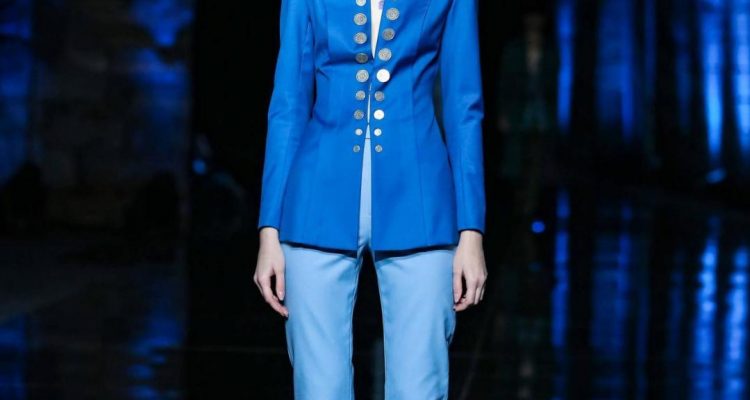Introduction:
Clothing is much more than a mere necessity; it is a powerful tool for self-expression, shaping our social identity and conveying messages about who we are. In this article, we will delve into the intricate relationship between clothing, social identity, and gender symbols. We will explore how attire communicates not only personal style but also cultural norms and societal expectations regarding gender roles and expressions. Through understanding this relationship, we can gain insight into the complex ways in which clothing intersects with our identities and shapes our perceptions of self and others.
Clothing and Social Identity:
1.1 Personal Style:
Our choice of clothing reflects our personal style, tastes, and preferences. Whether we opt for trendy fashion or timeless classics, our clothing choices contribute to the overall image we project to the world. From casual wear to formal attire, each ensemble tells a unique story about our personality, values, and aspirations.
1.2 Group Affiliation:
Clothing can also serve as a marker of group affiliation and identification. Various subcultures, such as punk, goth, or hip-hop, often have distinct dress codes that allow individuals to express their belongingness to a particular community. By adopting these styles, individuals form connections with like-minded people and assert their shared interests and ideologies.
1.3 Cultural Signifiers:
Different cultures utilize clothing as a form of cultural signifier, showcasing their heritage, traditions, and values. Traditional garments, such as kimono in Japan or hanbok in Korea, not only emphasize national pride but also act as ambassadors for their respective cultures on the global stage. Clothing becomes a medium through which cultural identities are preserved and celebrated.
Clothing and Gender Symbols:
2.1 Gendered Dress Codes:
Throughout history, societies have imposed specific dress codes and expectations based on gender. These dress codes often incorporate gender symbols that dictate what is deemed appropriate or acceptable attire for men and women. For instance, suits are traditionally associated with masculinity, while dresses and skirts have been assigned to femininity. These symbols reinforce societal norms and expectations surrounding gender roles.
2.2 Gender Expression:
Clothing plays a significant role in expressing gender identity and challenging conventional gender norms. Individuals may utilize clothing as a means of self-expression by deliberately subverting traditional gender expectations. For example, individuals who identify as non-binary or genderqueer may experiment with clothing styles that blend elements typically associated with both masculinity and femininity.
2.3 Transcending Boundaries:
In recent years, there has been an increasing movement towards breaking down the binary notions of gender through clothing. Fashion designers and activists are advocating for more inclusive and diverse representations of gender identities in the fashion industry. Collections featuring gender-neutral clothing challenge societal norms, allowing individuals to choose attire that aligns with their personal sense of self rather than conforming to rigid gender categories.
The Impact of Clothing on Perceptions:
3.1 Stereotyping:
Clothing can contribute to the formation of stereotypes, as society often makes assumptions based on appearance. These stereotypes can influence how individuals are perceived and treated in various social contexts. For example, someone dressed in a business suit may be assumed to hold a position of authority, while someone in casual attire may be seen as less professional or serious.
3.2 Empowerment and Confidence:
On the flip side, clothing can also empower individuals and boost their confidence. Wearing clothing that aligns with personal style and identity allows individuals to feel more comfortable and authentic. When individuals embrace clothing that resonates with their true selves, it positively impacts their self-esteem and overall well-being.
3.3 Challenging Norms:
By intentionally defying gendered dress codes and societal expectations, individuals contribute to challenging and redefining traditional gender norms. This act of resistance can promote inclusivity and pave the way for a more accepting and diverse society in which individuals are free to express themselves authentically.
Conclusion:
Clothing holds immense power as a vehicle for self-expression, social identity, and the challenging of gender symbols. It allows us to communicate our personal style while simultaneously navigating societal expectations and cultural norms. By understanding the relationship between clothing, social identity, and gender symbols, we gain insight into the complex roles attire plays in shaping our perceptions of ourselves and others. Let us continue to explore and embrace this relationship, striving for a future in which clothing becomes a tool for breaking down stereotypes and fostering inclusivity and acceptance.


Leave a Reply